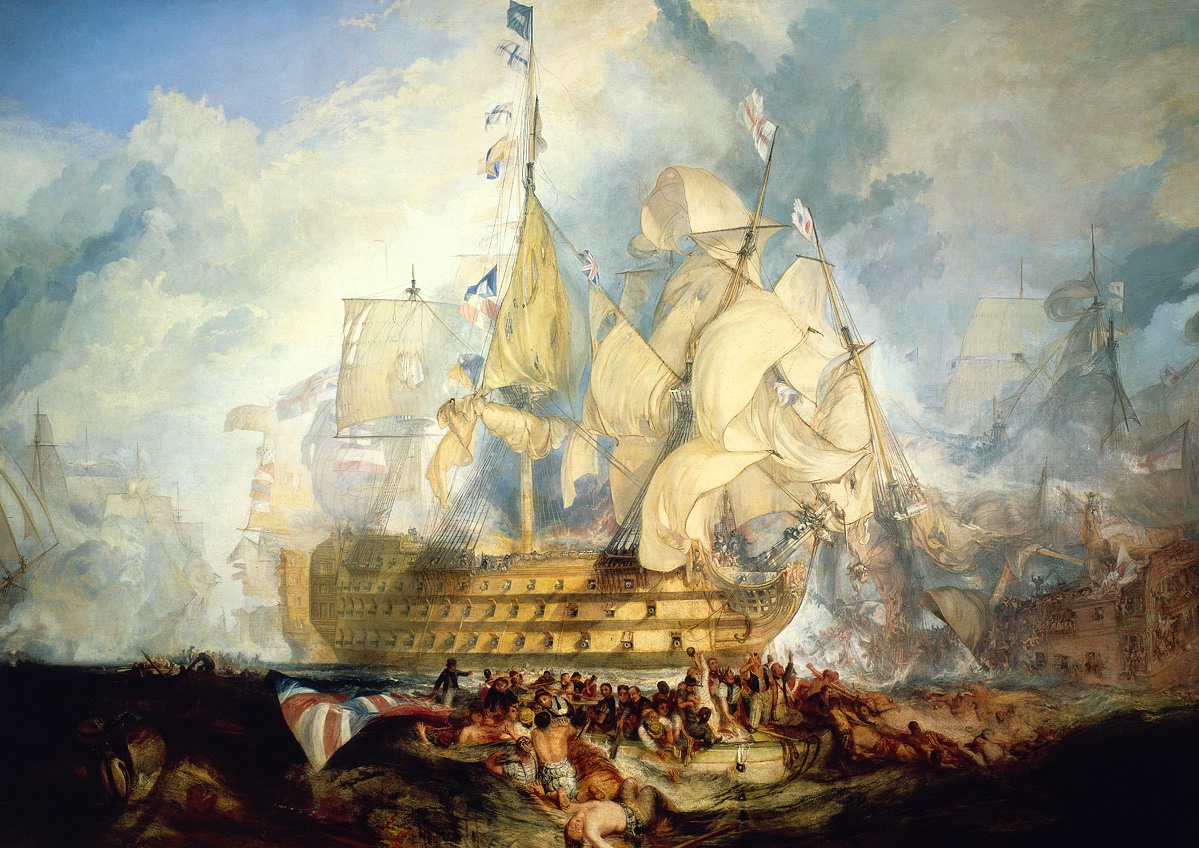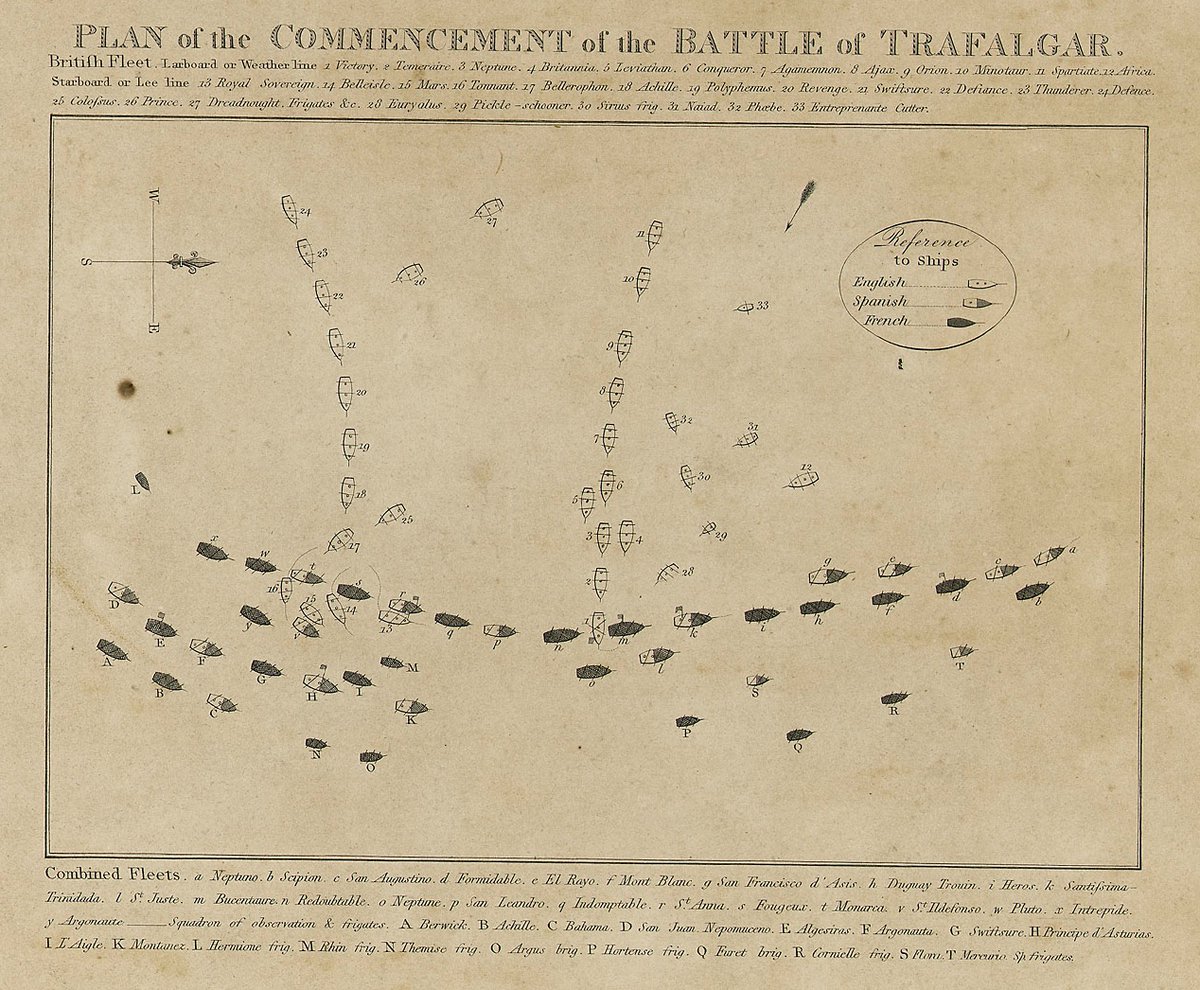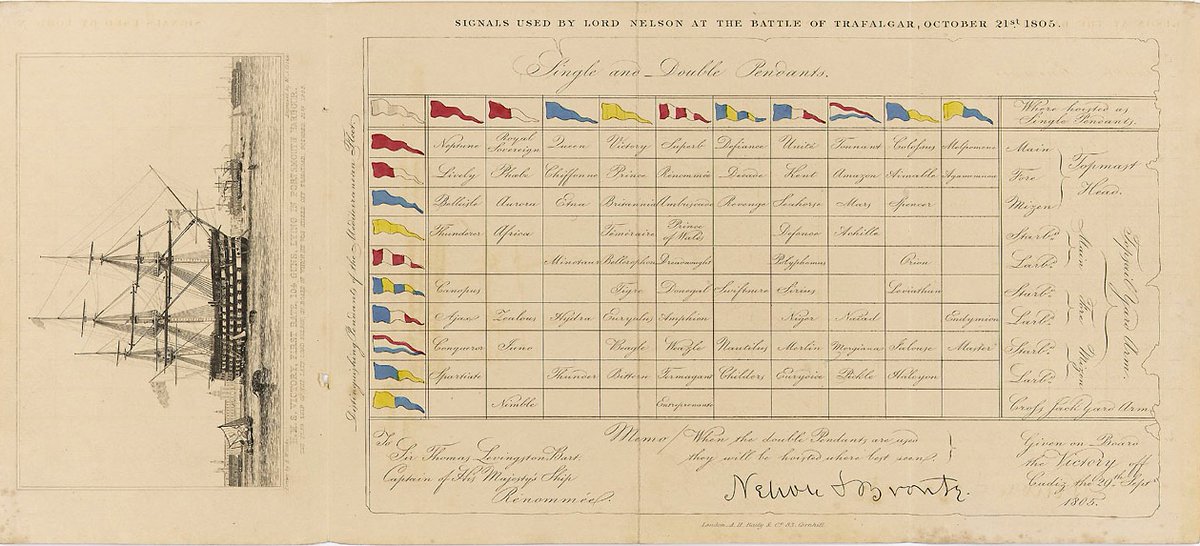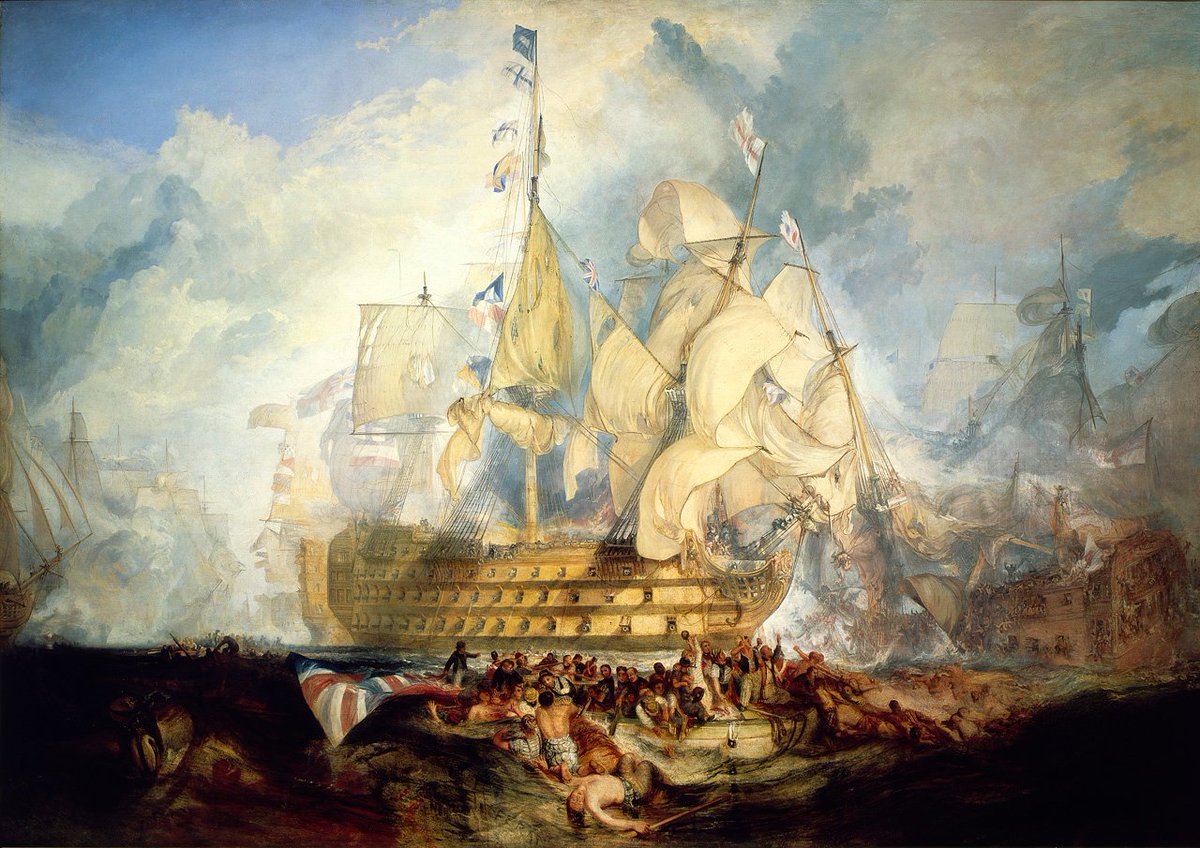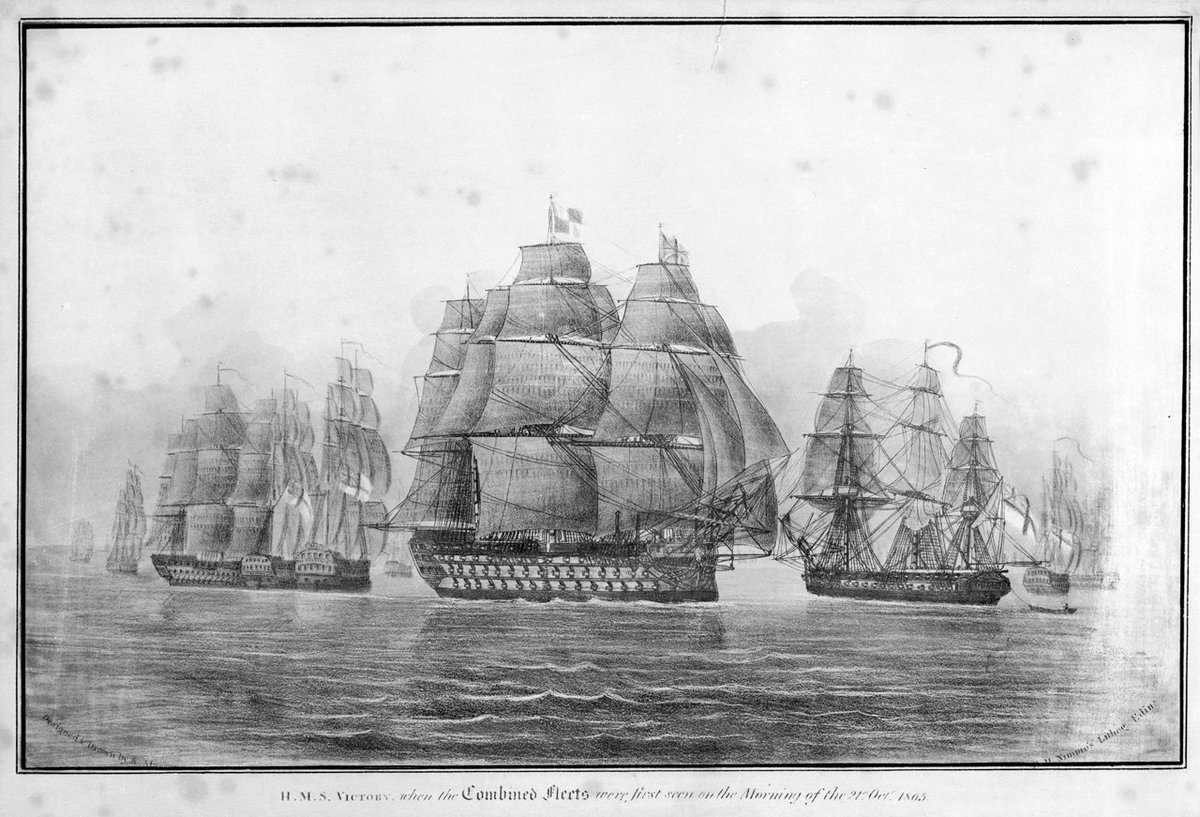
Welcome to the awards ceremony for Astronomy Photographer of the Year 2022. Astronomy Photographer of the Year is supported by @LibertySpecMkts. The ceremony is hosted by @EDrabek and @Astronomissy. Thread⬇ 

Watch live on Facebook or YouTube: bit.ly/APY14WatchLive or follow along with us here as we live tweet all the #APY14 winning images. Let’s begin...
Our first category is the Young Competition, in which all entrants are aged under 16. Do you remember the first time you looked up at the night sky? The entrants we see today will be the astrophotographers of tomorrow, so keep an eye on this category. #APY14
Julian Shapiro’s The Crab Nebula in Hydrogen and Oxygen is Highly Commended in the Young Competition category. Julian, aged 14, is from the USA #APY14 

Peter Szabo’s Mineral Moon Mosaic is Highly Commended in the Young Competition category. Peter, aged 15, is from Hungary #APY14 

Saahil Sinha, aged 15 (USA) is Highly Commended in the Young Competition category for A Rainbow Rose. #APY14 

And the winner of the Young Competition category is Andromeda Galaxy: The Neighbour, by Yang Hanwen and Zhou Zezhen, both aged 14, from China. This natural looking image is a great example of precise post-processing. #APY14 

Specific conditions must be met for the charged particles emitted from our sun to produce the spectacle of the aurora while interacting with the atmosphere. We celebrate the skill of those able to capture these fleeting lightshows in the Aurorae category. #APY14
Winged Aurora by Alexander Stepanenko is Highly Commended in the Aurorae category. #APY14 

Runner-Up in Aurorae: Misty Green River by Fred Bailey. #APY14 

In the Embrace of a Green Lady by Filip Hrebenda wins the Aurorae category! This icy and cinematically dramatic image highlights the drama of the aurora. #APY14 

View more images in the Aurorae category: bit.ly/APY14-aurorae #APY14
Only a scant few galaxies are visible to the naked eye. In the Galaxies category, we celebrate the skill involved in facing the technical challenges of photographing these vast but distant, collections of stars. #APY14
SMC and the Magellanic Bridge by Mathew Ludgate is Highly Commended in the Galaxies category. #APY14 

Mark Hanson and Mike Selby Arp 271: Cosmic Collision is Runner-Up in the Galaxies category. #APY14 

Majestic Sombrero Galaxy by Utkarsh Mishra, Michael Petrasko and Muir Evenden is the winner in the Galaxies category. This striking image shows the faint remains of long-ago collisions, framing the central subject. #APY14 

View more images in the Galaxies category: bit.ly/APY14-galaxies #APY14
Next up is the Our Moon category. While the moon is our closest celestial neighbour and easy to spot, that doesn’t necessarily make it easy to photograph in interesting and illuminating ways. See the moon as never before via these great entries. #APY14
An Eclipse from a Thousand Sunsets by Noah Kujawski is Highly Commended in the Our Moon category. #APY14 

Andrea Vanoni is Runner-Up in the Our Moon category with Moon: Big Mosaic. #APY14 

Shadow Profile of Plato’s East Rim by Martin Lewis wins the Our Moon category, with crisp and dramatic contrasts showing the play of light and shadow on the lunar surface. #APY14 

View more images in the Our Moon category: bit.ly/APY14-ourmoon #APY14
View more images in the Young Competition category: bit.ly/APY14-young #APY14
Solar photography offers a constant challenge, with advances in technology allowing for increasingly detailed images. The Our Sun category celebrates the skill of photographers in capturing our nearest star. #APY14
A Giant in the Sun’s Limb by Miguel Claro is Highly Commended in the Our Sun category. #APY14 

Stuart Green’s Solar Inferno is Runner-Up in the Our Sun category. #APY14 

Soumyadeep Mukherjee’s A Year in the Sun wins the Our Sun category. This unusual vista of the sun depicts sunspots, captured every day over the course of a whole year. #APY14 

View more images in the Our Sun category: bit.ly/APY14-oursun #APY14
The next category is People and Space. These images focus on humans, our shared experience of looking at the skies, and how we relate to the wider Universe. #APY14
Equinox Moon and Glastonbury Tor by Hannah Rochford is Highly Commended in the People and Space category. #APY14 

Runner-Up in People and Space: Back to the Spaceship by Mihail Minkov. #APY14 

The International Space Station Transiting Tranquility Base by Andrew McCarthy @AJamesMcCarthy wins the People and Space category. It both evokes imagery from historic missions and seems to look to the future, with humans observing and traversing space. #APY14 

View more images in the People and Space category: bit.ly/APY14-peoplean… #APY14
Fast moving subjects are the (metaphorical) stars of the Planets, Comets and Asteroids category. Capturing these night sky travellers on camera requires dedication, which can be richly rewarded with incredible shots. #APY14
Highly Commended in Planets, Comets and Asteroids: Cosmic Rose by Lionel Majzik @lionelm_astro. #APY14 

The Jovian Family by Damian Peach @peachastro is Runner-Up in the Planets, Comets and Asteroids category. #APY14 

Disconnection Event by Gerald Rhemann wins the Planets, Comets and Asteroids category. A magical view of a piece of Comet Leonard’s tail breaking off. #APY14 

View more images in the Planets, Comets and Asteroids category: bit.ly/APY14-planetsc… #APY14
The Earth meets the heavens in our Skyscapes category, with stellar backdrops framed by dramatic landscapes. #APY14
Highly Commended in the Skyscapes category: The Night Highway by Filip Hrebenda. #APY14 

Skyscapes Runner-Up: Badwater Milky Way by Abhijit Patil. #APY14 

Zihui Hu’s Stabbing into the Stars wins the Skyscapes category with a dramatic juxtaposition of star trails and snow-capped mountains. #APY14 

View more images in the Skyscapes category: bit.ly/APY14-skyscapes #APY14
Photographs in the Stars and Nebulae category trace the dramatic life cycles of stars, from nebulae which glow with gases to singular and unusual looking stars. #APY14
The Centre of the Heart Nebula by Péter Feltóti is Highly Commended in the Stars and Nebulae category. #APY14 
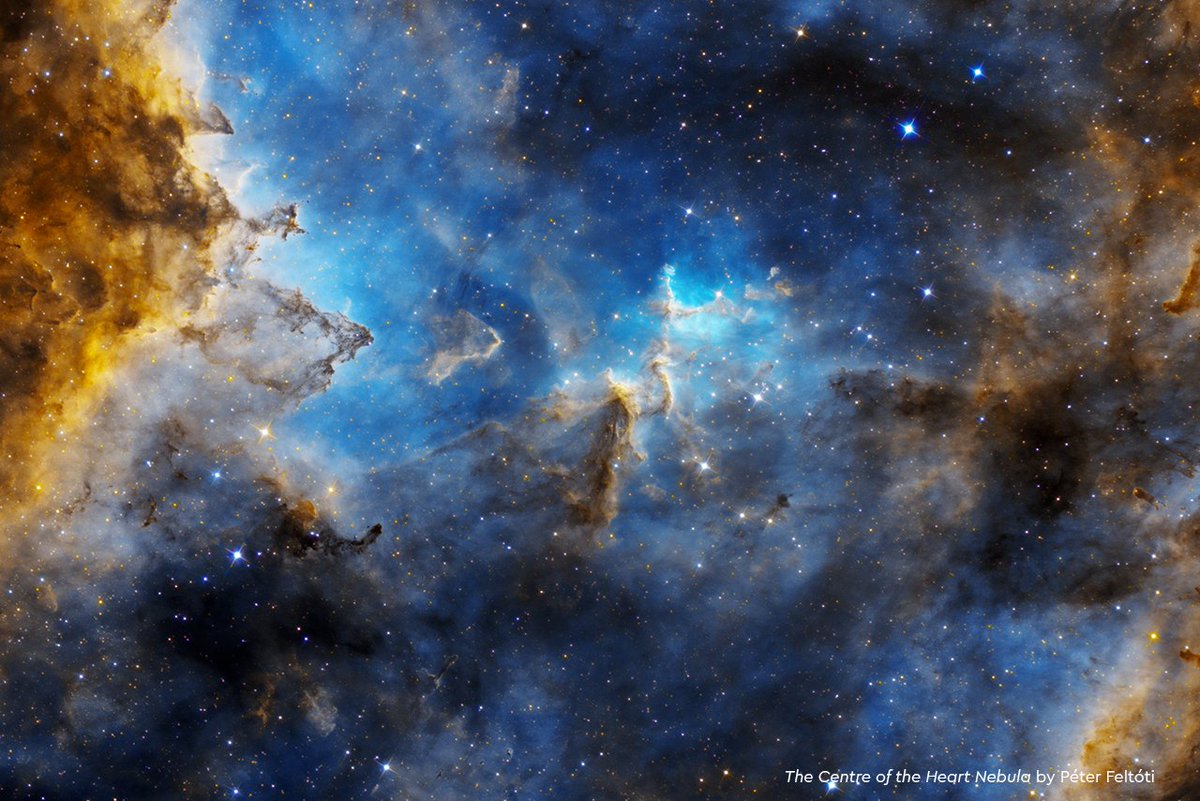
Runner-Up in the Stars and Nebulae category: What a Flaming Star! By Martin Cohen #APY14 

The Eye of God by Weitang Liang is winner in the Stars and Nebulae category. This dramatic image highlights the details of the striking Helix nebula. #APY14 

View more images in the Stars and Nebulae category: bit.ly/APY14-starsneb… #APY14
The Annie Maunder Prize for Image Innovation encourages everyone to reimagine and remix publicly available images from the powerhouse research telescopes used by astronomers worldwide to explore the skies. #APY14
Inspired by her work on carbon-14 traces in tree ring dating, Pauline Woolley created Solar Tree, the winner in this year’s Annie Maunder Prize for Image Innovation category. Using images from the Solar Dynamics Observatory (SDO), the rings are images from solar cycle 25. #APY14 

View more images in the Annie Maunder Prize for Image Innovation category: bit.ly/APY14-anniemau… #APY14
Entering the world’s largest astrophotography competition may be a daunting prospect for any photographer, but especially so for those who have less than a year’s experience in the field. These remarkable images are a testament to their skill and passion. #APY14
The Milky Way Bridge across Big Snowy Mountains by Lun Deng entry wins The Sir Patrick Moore Prize for Best Newcomer. #APY14 

All the shortlisted entries in #APY14 have reflected exceptional skill, dedication and artistry, but there can only be one Overall Winner, and now’s the moment we’ve been waiting for...
Disconnection Event by Gerald Rhemann is the Overall Winner of #APY14. Congratulations! 

Thanks for joining us! You can see all the winning photographs in our winners gallery: bit.ly/APY14-winners #APY14
If you enjoyed seeing this year’s winning photographs, don’t forget to visit the exhibition where you can see the #APY14 shortlisted and winning images on beautiful light box displays. Opens 17 Sept: bit.ly/APY14-Exhibiti…
• • •
Missing some Tweet in this thread? You can try to
force a refresh







